Filmmaker Q&A with Alizé Carrère, Director/Producer of ADAPTATION: Coral Reefs of Vanuatu11/18/2022 Q: What inspired this story? In 2015, I was looking for stories about how people and communities around the world were adapting to profound environmental change. I was working on a film series that would hopefully capture what ‘adaptation’ looked and felt like not as a concept, but as a real lived experience for the millions of people who have no other choice. Around that time I came across the NGO Rare and their Solution Search contest. Solution Search was a call for anyone around the world to submit adaptation projects that were being implemented on the ground, with the hope of sharing and scaling some of the projects. I reached out to Rare and asked if I might be able to access the contest database for the series I was working on, to get some ideas. I came across an entry from a group in Vanuatu (on the islands of Nguna and Pele) working on composting efforts for a predatory starfish that was decimating coral reefs. The project sounded fascinating, so I contacted the group that submitted. The more I learned the more interesting the story got. I didn’t have funding at the time, so we stayed in touch over email for 3 years until I was able to make it to Vanuatu with my filmmaker friend and colleague Kyle Corea in 2018. Once we got there we were amazed by all of the additional adaptation efforts that were going on, including coral gardening and other impressive efforts to keep the reef alive. Q: Describe some of the challenges faced while making this film. As any documentary filmmaker knows, the funding was a real challenge…! I ended up self-funding the trip to Vanuatu itself because I didn’t want to lose out on capturing the story, but then we had to sit on the footage for 2 years before I was able to find the money to actually make the short film/episode. It was thanks to Pacific Islanders in Communications (PIC) that we got a grant to finish it. I had met Cheryl Hirasa of PIC through The Redford Center when I was a grantee there in 2018, and Cheryl really helped us get the short film done. It was through PIC that we were then put in touch with PBS, who ultimately provided the remaining funding to finish the whole series. Q: What's next? Now that the series lives on PBS, we are talking with them about a season 2 of Adaptation. The next batch of episodes will look at what adaptation means not as a technical or mechanical solution to an environmental problem, but rather adaptation as something deeply social and political – because it is! Successful adaptation to the challenges of climate change will ultimately depend on how well equipped and supported a community is in ways beyond financial means. For example, what policies are supporting or hindering resilience and adaptability? Are those policies just, equitable and intergenerational? How are people advocating for their future? Who is bearing the greatest adaptation burden and what can be done to distribute that burden more equally? These are the types of questions I am currently working on in my PhD research on climate change adaptation and that are critical to invoke in film projects covering climate change as well. Keep up with Alizé and her work on Instagram.
3 Comments
Filmmaker Q&A with Yaz Ellis and Jack Mifflin, Directors and Cinematographers of Beavers About Town11/11/2022 Q: What inspired this story? This story is a passion project for us. We had never seen a beaver before we moved to Austria and so we wanted to find out more about these hard-working animals and what secrets they might have, living in the city of Vienna. After months of trying to find the best filming location, we realised one day that there was a family of beavers right below our feet, living under the very steps we were standing on. Once we had discovered this family we followed them on their early morning, evening and night time adventures and created Beavers About Town. Q: Describe some of the challenges faced while making this film/program. We both worked on this film around our jobs, with only a minimal budget. This meant we had to get creative with the gear we had. We converted our Canon 5D MKIII into an infrared camera, after following a tutorial online. We had to tie down our GoPro with branches and stones to get the underwater footage of the beavers. We then had beavers stealing and moving our underwater GoPro, which meant unplanned dives in the Danube in order to retrieve our gear - the water was about 10 degrees celsius at the time! When we started creating the film we faced covid curfews at the hours beavers were most active, majorly restricting our filming. And in order to get to the beavers we had to travel for an hour on public transport. But as these beavers are active so early in the morning in the summer (before the trains are running), this meant a 13km bike ride through Vienna, at 3am with our gear on our backs. And then cycling back 13km at 8am, ready to start work for the day. Q: What is your favorite shot and why? When we filmed the beavers on their “summer picnic”. A beaver swims up to a tree in the water and reaches up with its hands to strip bark from the tree and eats it. The light was perfect that evening and the reflections were incredible. It was also the closest a beaver had physically come to us whilst filming, and was the beginning of the film becoming a reality for us. Q: Did the film team use any unusual techniques or unique imaging technology? We wanted to film the beavers living under the stairs without them even knowing we were there. As mentioned, we converted one of our cameras to see infrared light, which is not a visible light for beavers. We found a gap in the steps just big enough to fit our camera and an IR light in, which we placed inside while the beavers were out feeding. Then as they came back one by one we filmed them grooming, eating and falling asleep without them even knowing we were there. We also used the IR camera to film the beaver inside the boat. For this we had to tape the camera and lights to a branch that the beavers had stripped the bark from, and hold it as steady as we could while the beavers swam into the boat and cleaned themselves. Q: What impact do you hope this film/program will have?
We hope this film is an inspiration for how wildlife can thrive alongside us in our urban environments; and shows that the beaver is a living example that we can still bring animals back from the brink of extinction. And for the continued beaver controversy out there - we hope that it proves the beautiful, resourceful, loving and peaceful animals that beavers are. |
Archives
March 2024
Categories
All
|
Contact UsJackson Wild
240 S. Glenwood, Suite 102 PO Box 3940 Jackson, WY 83001 307-200-3286 info@jacksonwild.org |

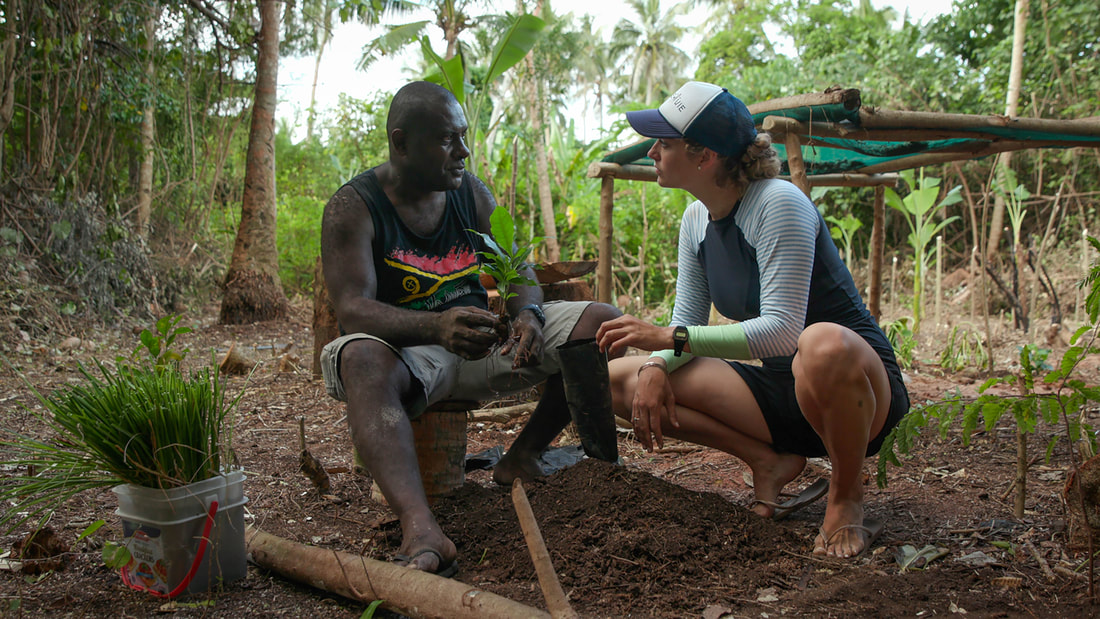
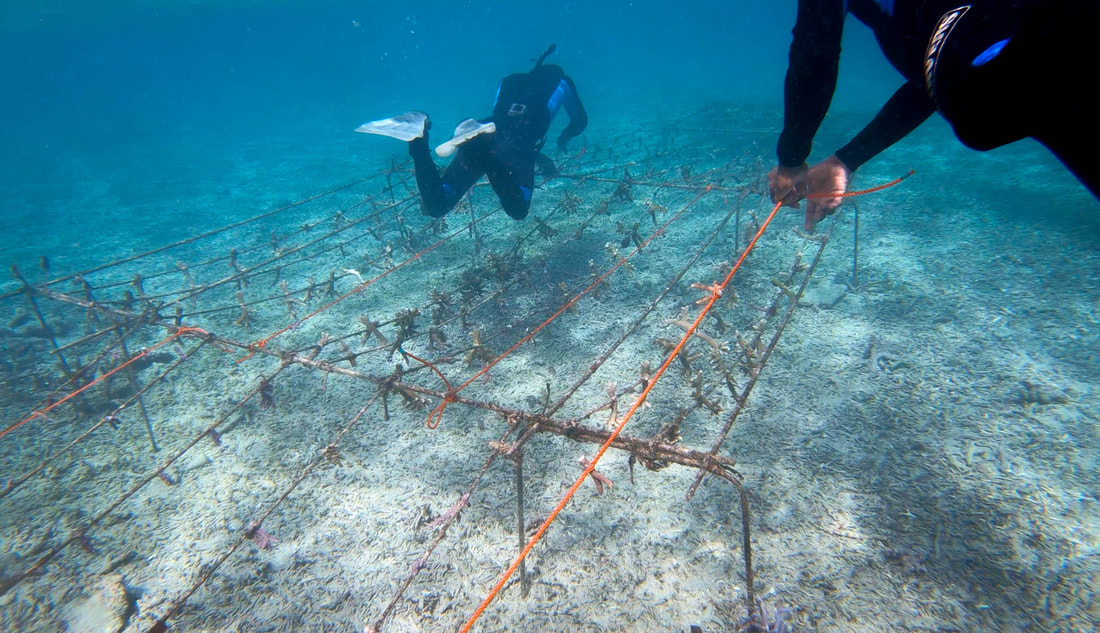
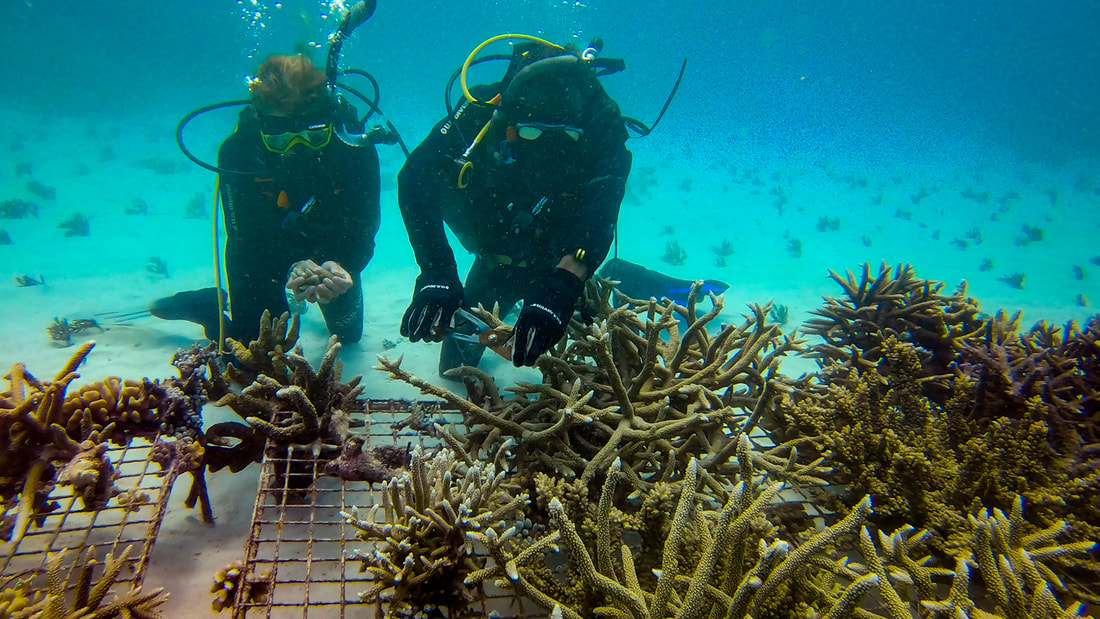
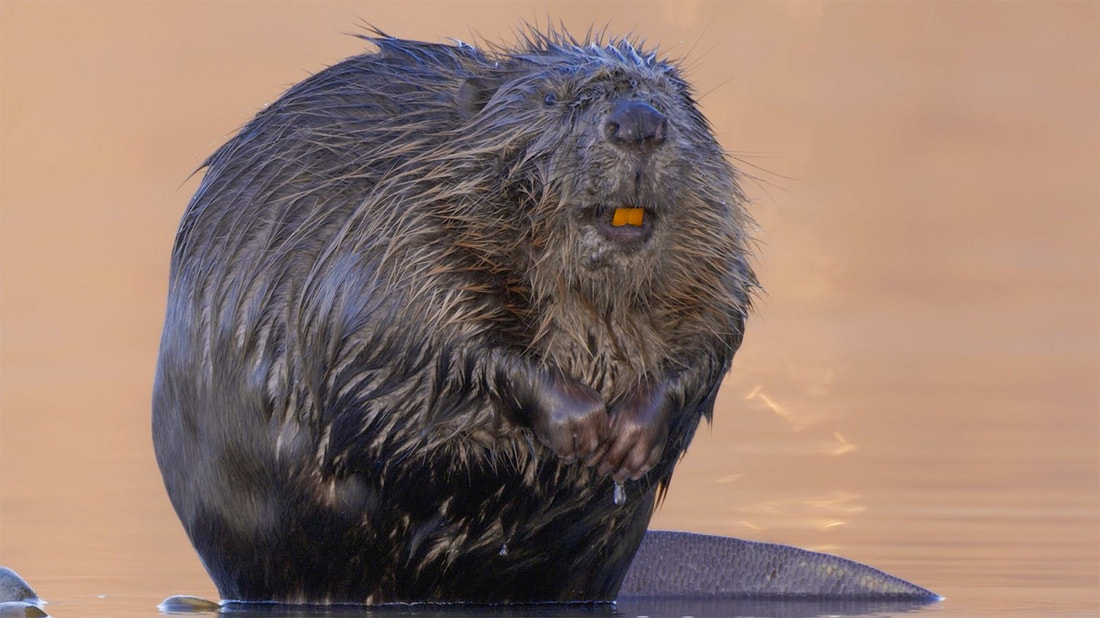
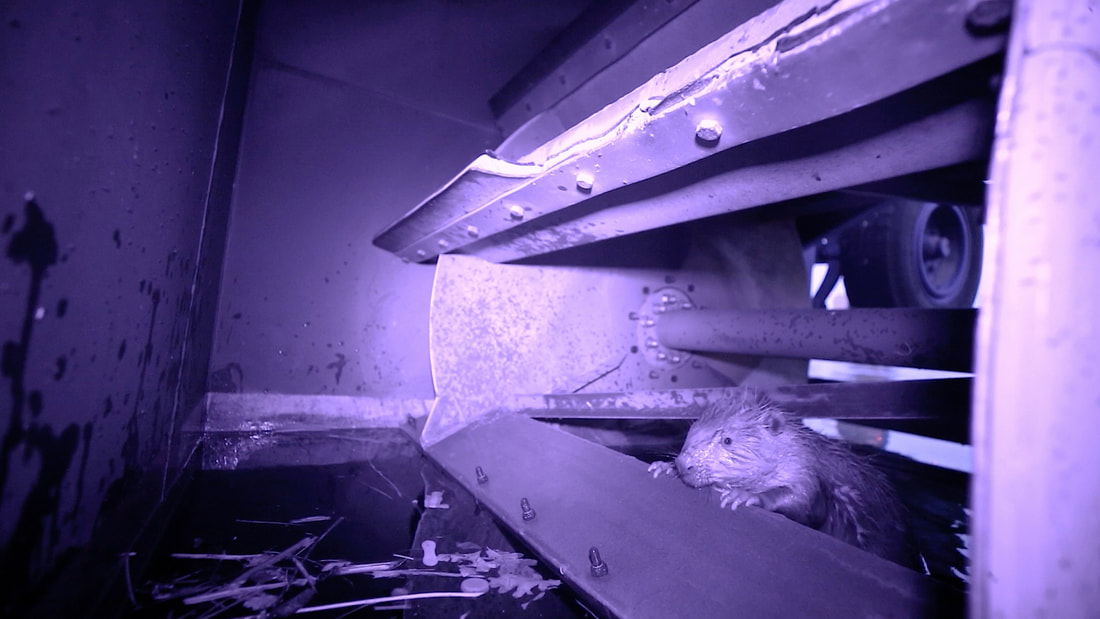
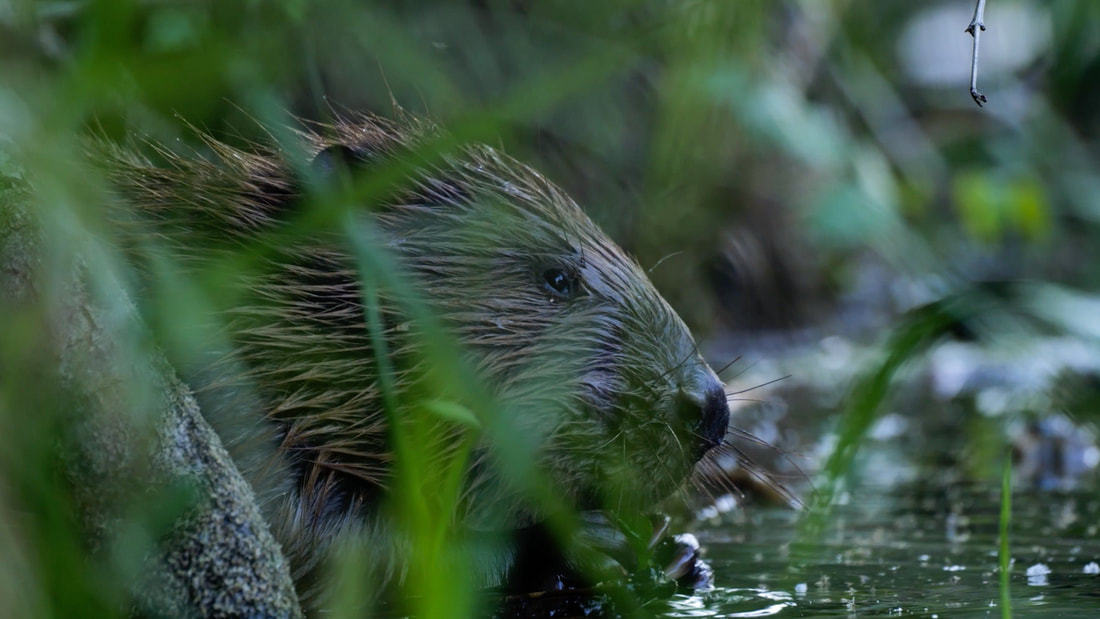
 RSS Feed
RSS Feed